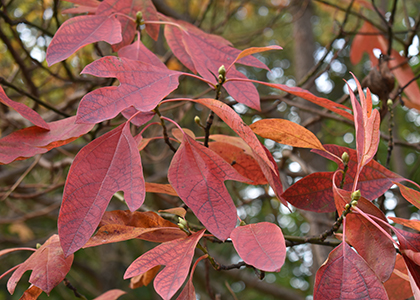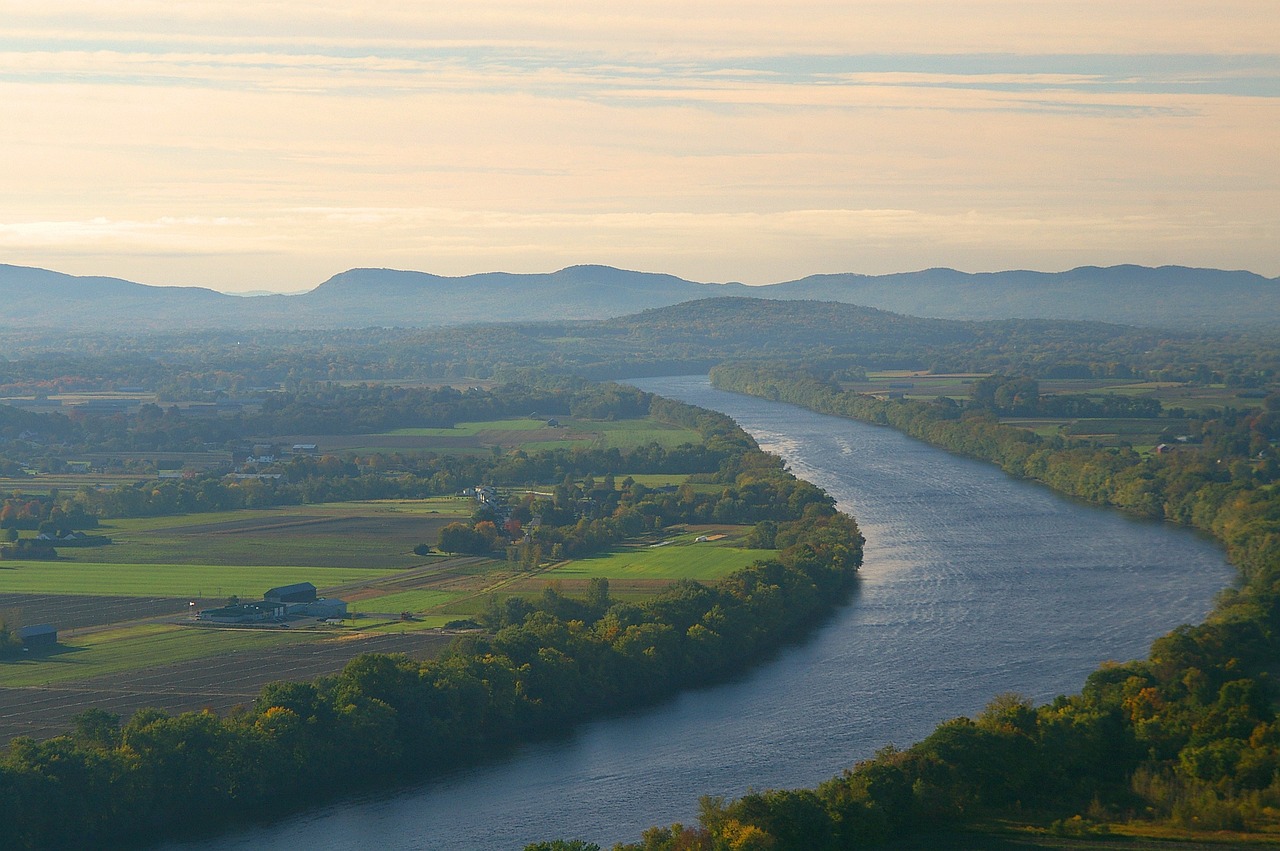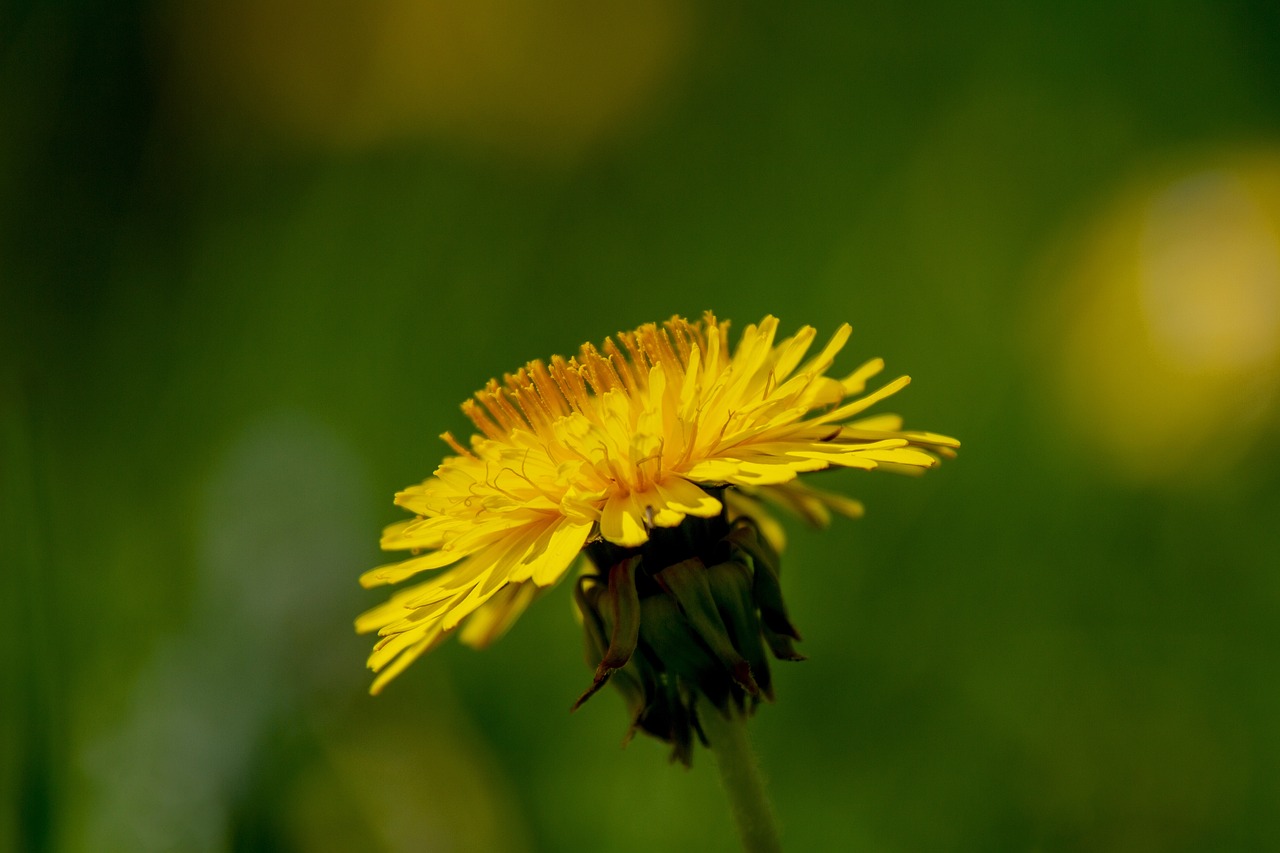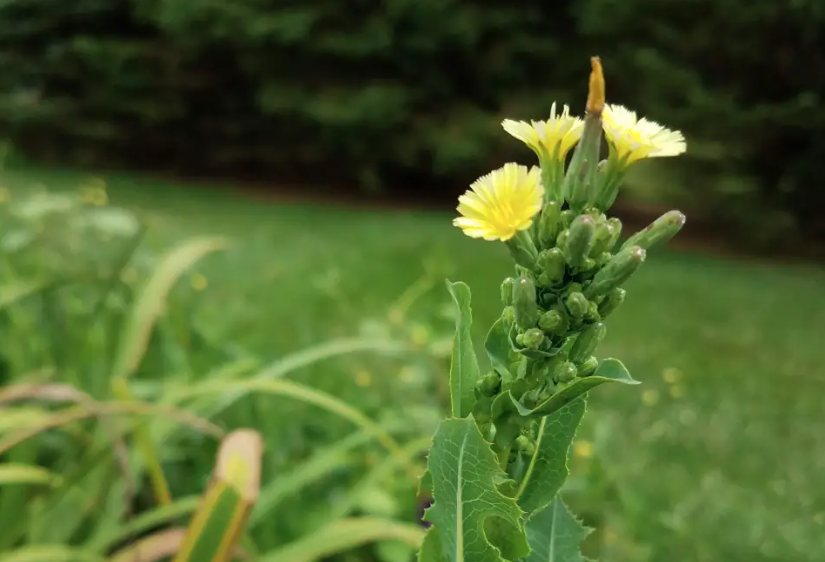Sassafras albidum Sassafras (Sassafras albidum) is a plant with a tumultuous history. Native to much of the Eastern United States, many parts of this tree…
Comments closedScientific Selves: Medicine, Technology and Identity in Early Modern France Posts
In his travel writing, Jean de Léry includes detailed descriptions of Brazilian plants and animals. Following a proto-ethnographic model, he lists their uses and cultural…
Comments closedWho was Jean de Léry? Jean de Léry was a French explorer and writer born in the 1530s in Margelle (Bourgogne), France. He was a…
Comments closedComparing French Colonial Relationships to Flora in Brazil and New England: Brazilwood and Sassafras I. Sassafras The Abenaki are a group of Native people indigenous…
Comments closedOur class was fortunate enough to have been given a presentation by Dr. Marge Bruchac of the University of Pennsylvania, an alum of Smith College,…
Comments closedTaraxacum officinale Taraxacum officinale, commonly known as dandelion and seen as a weed, is native to Eurasia but has been naturalized in North America. It…
Comments closedLactuca serriola L. Lactuca serriola L., or Prickly Lettuce, is native to the Mediterranean region but is commonly found in this area as well. It…
Comments closedThe term “Scientific Revolution” refers to drastic changes in scientific thought, generally understood to have occurred between the sixteenth and seventeenth centuries, although some histories…
Comments closedScientific Name: Stachys officinalis belonging to the Lamiaceae family Origin: Europe and Asia Description: Betony has long stems with large and thick heart-shaped leaves.…
Comments closedScientific Name: Phoenix dactylifera belonging to the Arecaeceae family Origin: Middle East Description: The female date trees produce white flowers and therefore produce the fruit.…
Comments closed





